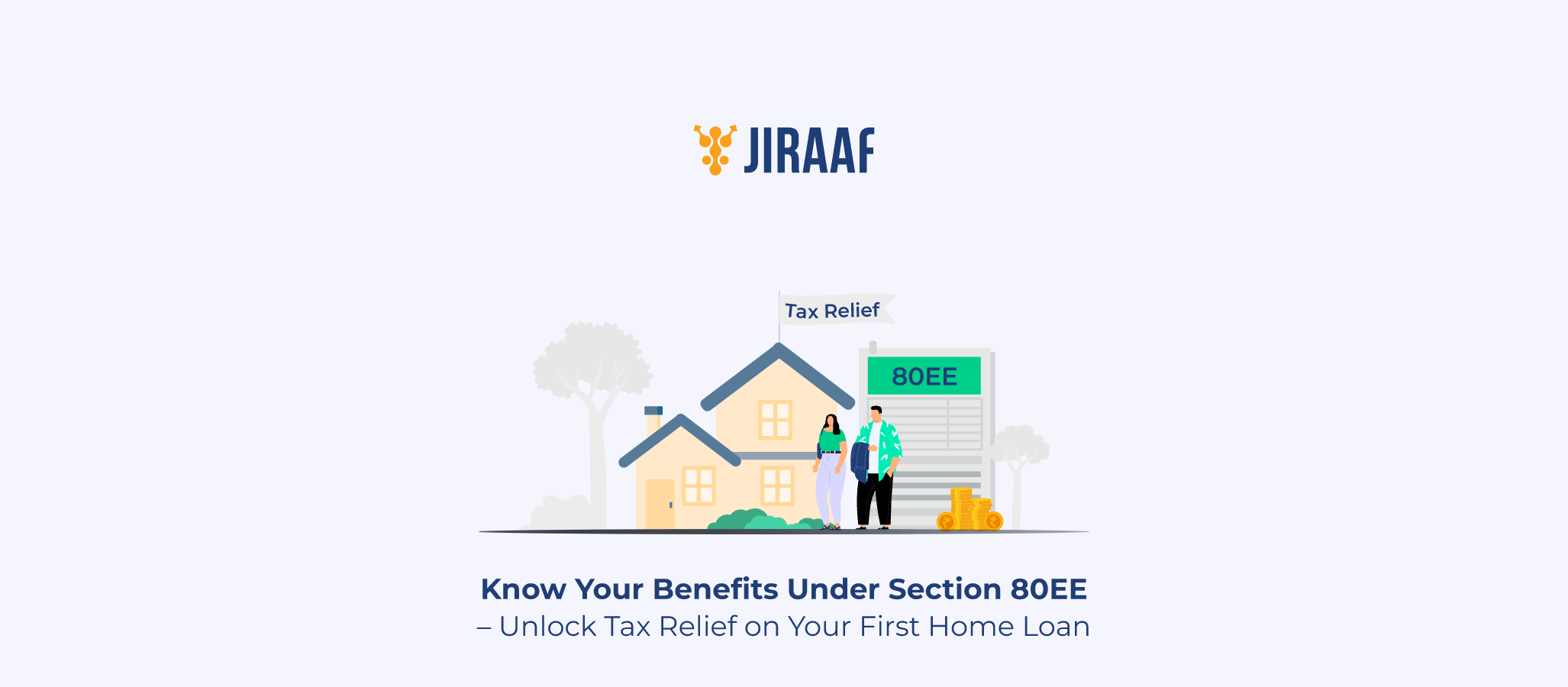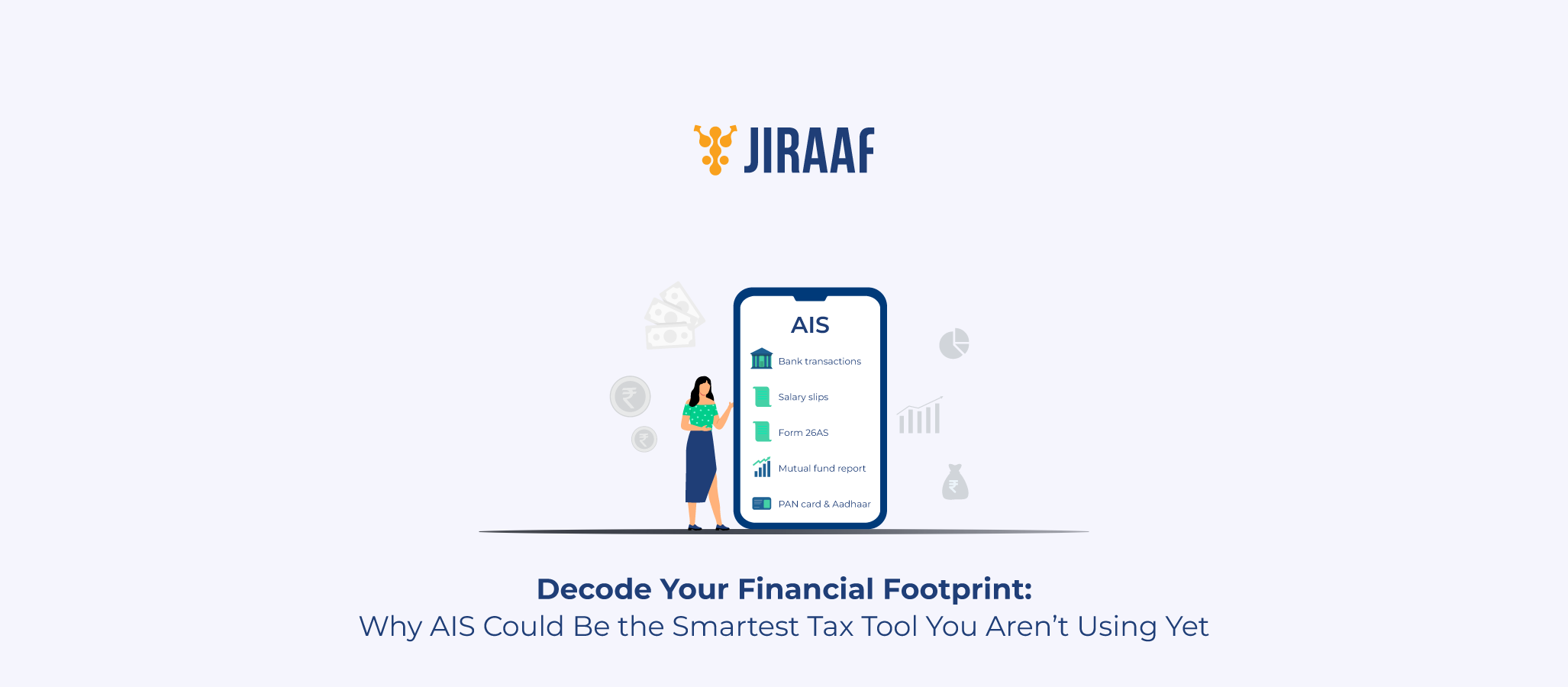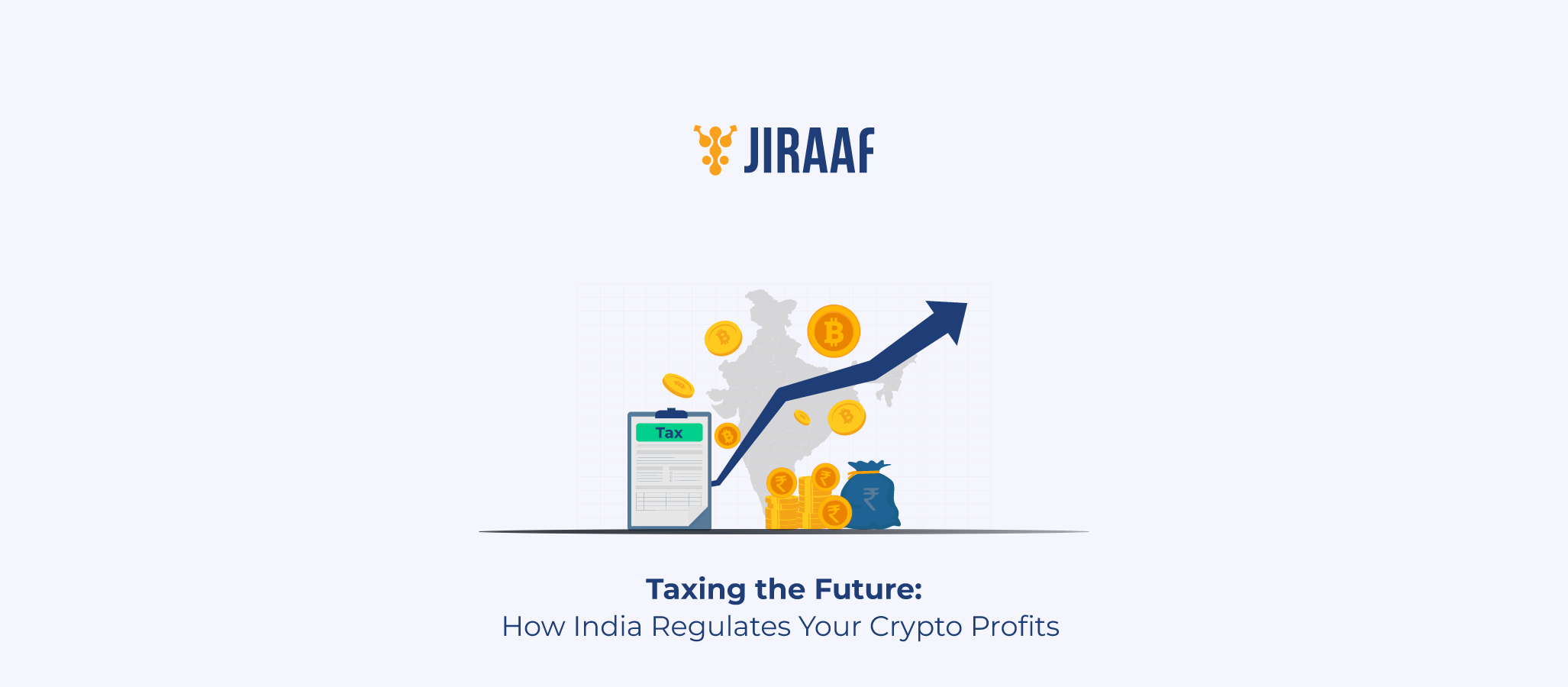Buying your first home brings its own set of emotions—excitement, responsibility, pride—and let’s be honest, also a major financial commitment. But here’s some good news if you’re feeling weighed down by that big loan you had to take: Section 80EE of the Income Tax Act can ease your burden a bit. It’s a tax deduction designed exclusively for first-time home buyers.
Let’s break it down and walk through everything you need to know—from eligibility and limits to how you can actually claim this benefit while filing your income tax return (ITR).
What Is Section 80EE of the Income Tax Act?
Section 80EE offers an additional tax deduction on interest paid on home loans for first-time buyers. This deduction is over and above what you can already claim under Section 24(b), which also covers home loan interest.
The objective of this section is to make home ownership a little more affordable for the salaried class, especially ones who are taking that big first step.
Let’s see some notable points about section 80EE:
- Section 80EE applies only to interest, not the principal repayment.
- You don’t need to live in the property—you can claim the deduction even if it’s rented out or vacant.
- This benefit is available only once in a lifetime. So, if you’ve owned a house before, this one’s not for you.
Eligibility Criteria for Claiming 80EE Deduction
Let’s not waste your time—if you don’t meet these conditions, you can’t claim the deduction. So, double-check the list.
- You must be a first-time home buyer. You (and no one else in your family) should own a residential house property on the date of loan sanction.
- Loan must be from a recognized financial institution or housing finance company. That means no informal loans from friends or unregistered lenders.
- The loan must have been sanctioned between April 1, 2016, and March 31, 2017. Yes, this section currently applies to those who took loans in this specific window.
- Loan amount should not exceed ₹35 lakh
- The value of the residential house should not exceed ₹50 lakh
- The property must be located in India. No tax breaks for overseas homes here.
How Much Deduction Can You Claim Under Section 80EE?
You can claim a deduction of up to ₹50,000 per financial year on the interest you pay on your home loan. And here’s the best part—it’s over and above the ₹2 lakh limit under Section 24(b).
So, in total, you could save on:
- ₹2,00,000 under Section 24(b)
- ₹50,000 under Section 80EE
That’s ₹2.5 lakh in interest deductions every year if you meet all the conditions. Over the course of a long-term loan, that could add up to some serious savings.
How to Claim Section 80EE Deduction in Your ITR
Here’s how you actually go about claiming this deduction:
Step-by-step Breakdown
- Get your loan interest certificate from the lender. It’ll clearly state how much interest you paid during the financial year.
- Ensure you meet all the eligibility conditions we talked about earlier. One miss here and the deduction won’t hold.
- While filing your ITR (Income Tax Return):
- Choose ITR-1 if you have income from salary, one house property, and other sources (no capital gains)
- Choose ITR-2 or ITR-3 for more complex income structures
- In the “Deductions” section of the ITR form:
- Look for Section 80EE under Chapter VI-A deductions
- Enter the interest amount (up to ₹50,000)
Quick Tip
Don’t forget to preserve the interest certificate and your loan sanction letter. You don’t have to upload them, but the IT Department may ask for them later.
Section 80EE vs Section 24(b) vs Section 80EEA
So far, we’ve mentioned that Section 80EE is an extra deduction. But how exactly does t stack up against Section 24(b) and Section 80EEA?
Let’s compare:
| Feature | Section 24(b) | Section 80EE | Section 80EEA |
| Deduction on | Interest on home loan | Interest on home loan | Interest on home loan |
| Max Deduction Limit | ₹2,00,000 | ₹50,000 | ₹1,50,000 |
| Applicable for | All home buyers | First-time buyers (loan sanctioned FY 2016–17 only) | First-time buyers (loan sanctioned Apr 2019–Mar 2022) |
| House Value Limit | No limit | ₹50 lakh | ₹45 lakh |
| Loan Amount Limit | No limit | ₹35 lakh | ₹35 lakh |
| Can It Be Claimed with Others? | Yes | Yes (with 24b) | No (not if claiming 80EE) |
Example: Meet Tanya, a First-time Home Buyer
Let’s say Tanya, a salaried professional in Bengaluru, took a home loan in June 2016 for ₹30 lakh to buy a ₹45 lakh apartment.
Here’s how her loan interest breaks down in FY 2025–26:
- Interest paid: ₹2.3 lakh
Now how does she claim tax benefits?
- ₹2 lakh under Section 24(b)
- ₹50,000 under Section 80EE
Total tax-saving deduction: ₹2.5 lakh
This puts her in a better financial position and reduces her taxable income significantly.
Common Mistakes to Avoid While Claiming Section 80EE Deduction
Avoiding these common errors will help you claim the 80EE deduction accurately and maximize your tax benefit:
1. Ignoring the Loan Sanction Date
Section 80EE applies only to loans sanctioned between April 1, 2016, and March 31, 2017. Loans outside this window are not eligible.
2. Confusing Section 80EE with Other Deductions
80EE is for interest on home loan only and is over and above Section 24(b). It does not apply to principal repayment, which falls under Section 80C.
3. Claiming 80EE Along with 80EEA
You can claim either 80EE or 80EEA, not both. Choose the applicable section based on your loan sanction date and property value.
4. Lack of Documentation
Failing to retain the interest certificate, loan sanction letter, or purchase agreement may lead to disallowance during assessment.
5. Incorrect Entry in ITR
Entering the deduction in the wrong section or exceeding the ₹50,000 cap may result in rejection. Always cross-verify your entries.
6. Loan from Non-eligible Sources
Only loans from banks or housing finance companies qualify. Loans from friends, employers, or relatives do not.
Is 80EE Available Under the New Tax Regime?
No, under the new concessional tax regime introduced under Section 115BAC, most deductions, including 80EE, are not available. So, if you’ve opted for the new regime, this tax benefit won’t apply.
That said, if you’re sticking to the old tax regime, you’re in the clear and can maximize your deductions under 80EE.
Pro Tips to Maximize Your Tax Benefit with 80EE
- Time your loan strategically. If you took your loan in FY 2016–17 and qualify, make sure you’re not leaving this deduction unclaimed.
- Combine 80EE with Section 24(b). Together, they offer a powerful combo for interest deductions.
- Don’t overlook documentation. Tax filing platforms can help track and claim deductions efficiently, but it starts with you having the right paperwork.
- Review every year. Interest amounts change, so update your deduction amount annually.
A Strategic Step Toward Long-term Financial Security
The Section 80EE deduction isn’t just about annual tax relief; it’s a doorway to disciplined saving, improved credit behavior, and early asset creation.
Many first-time buyers overlook how this rebate, combined with the capital appreciation of real estate, can work in their favor over time. If used wisely, Section 80EE isn’t just a deduction—it’s your starting point in building a strong, tax-efficient portfolio of assets. So take full advantage of this section, not just for present savings, but for a more secure financial future.
FAQs
What is Section 80EE deduction?
Section 80EE provides an additional income tax deduction on home loan interest for first-time homebuyers. It helps reduce taxable income beyond Section 24(b) limits, subject to conditions.
Who is eligible for the 80EE home loan interest rebate?
Only individual taxpayers who are first-time homebuyers with loan amounts not exceeding ₹35 lakh and property value up to ₹50 lakh can claim this rebate.
What is the maximum limit under Section 80EE?
You can claim a maximum deduction of ₹50,000 per financial year on the interest paid for a home loan under Section 80EE.
How do I claim the 80EE deduction in my ITR?
While filing your ITR, enter the eligible interest amount under the “Deductions” section, specifically in the field labeled for Section 80EE. Keep loan and interest certificates handy.
Discover fixed income investments with Jiraaf, a SEBI registered online bonds platform that educates and brings access to a wide array of bonds. Sign up today to explore diversified fixed income investment opportunities to support your goal-based wealth creation journey. Start investing!




